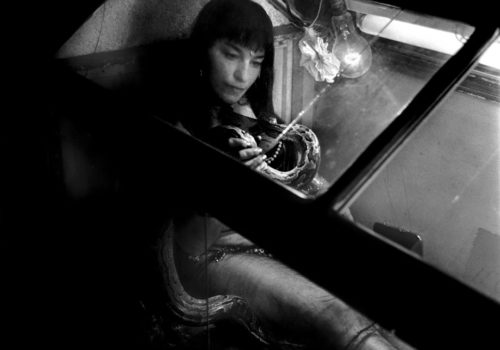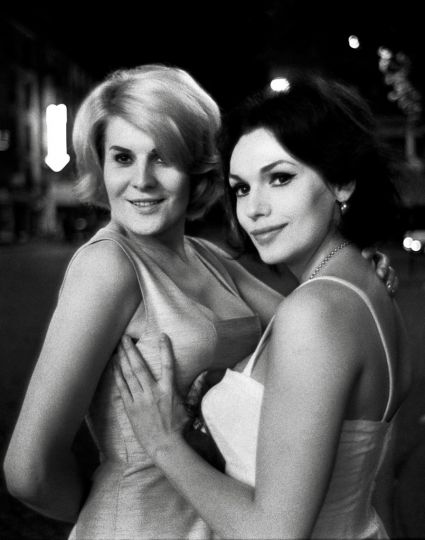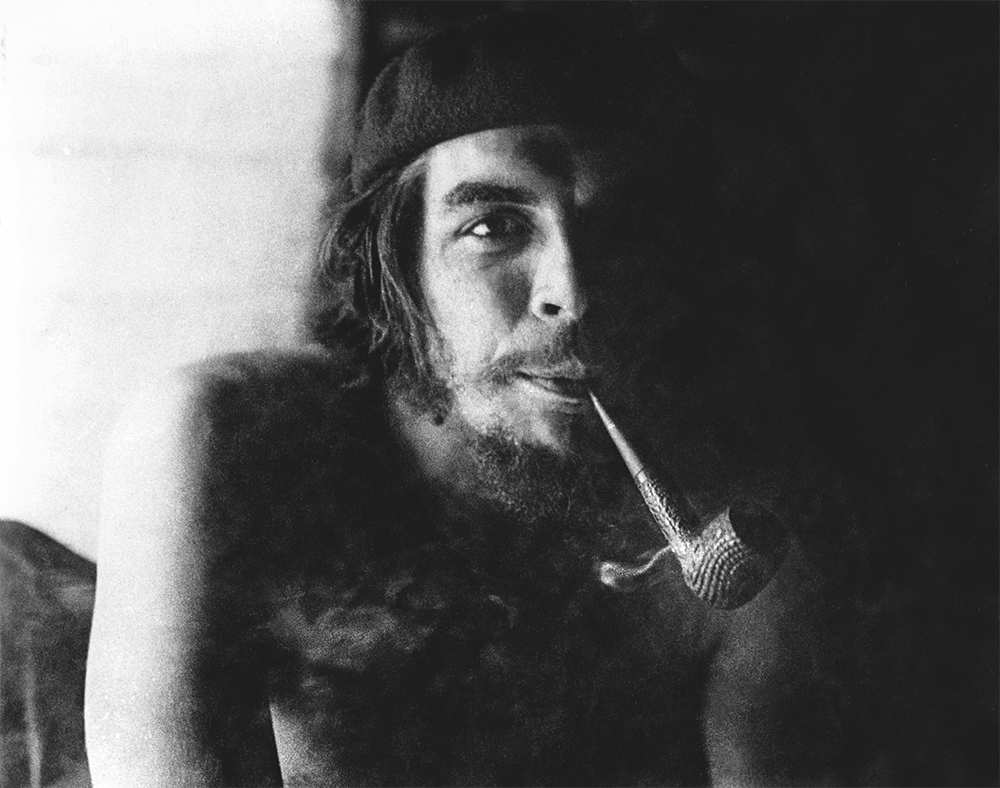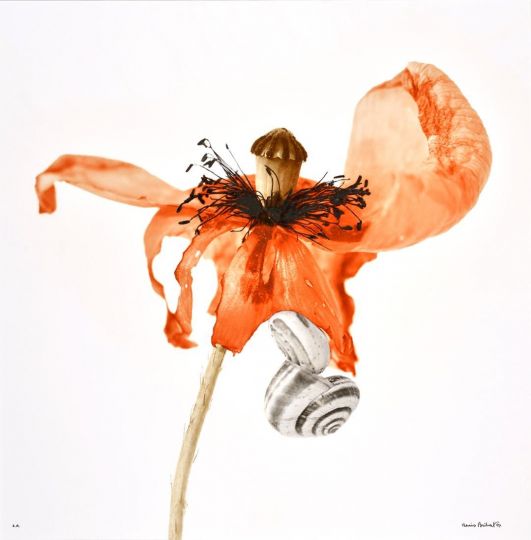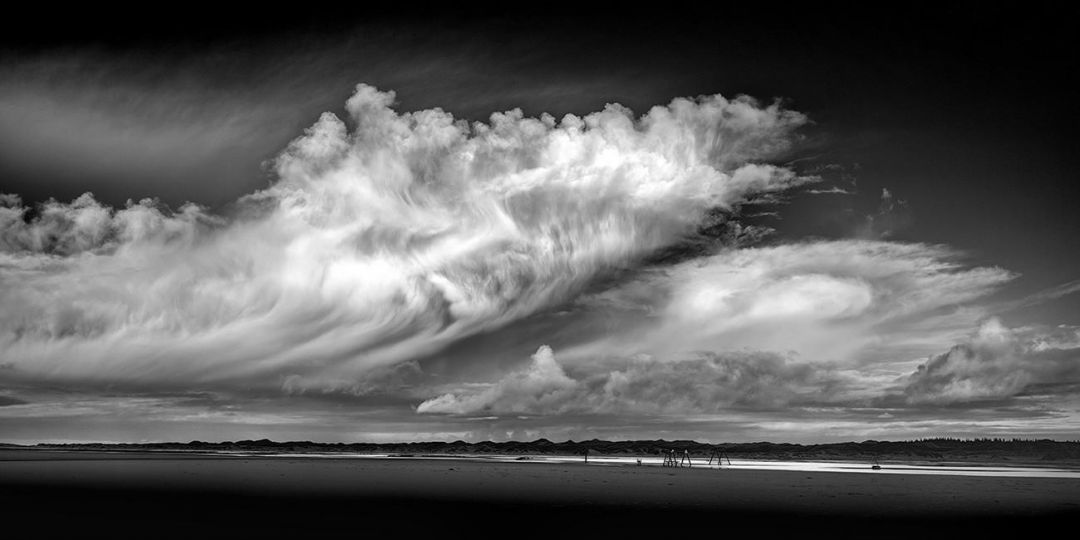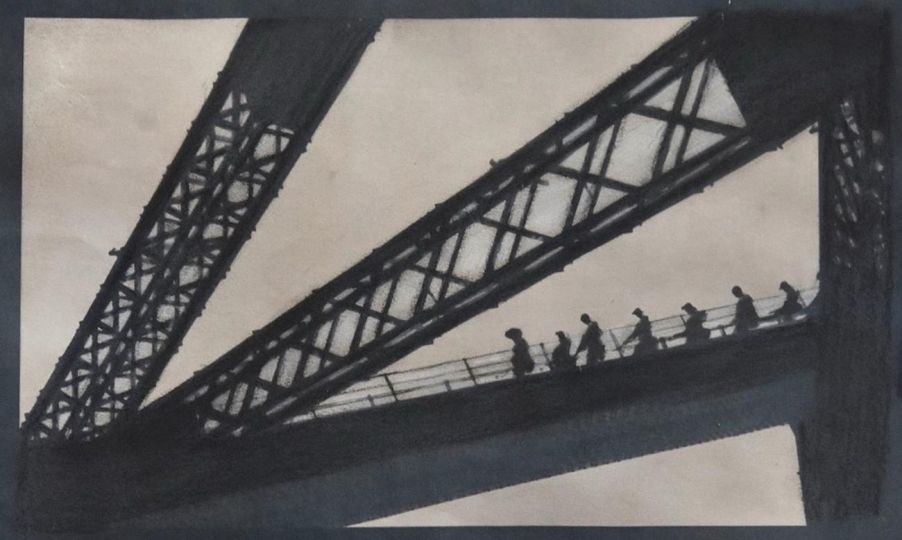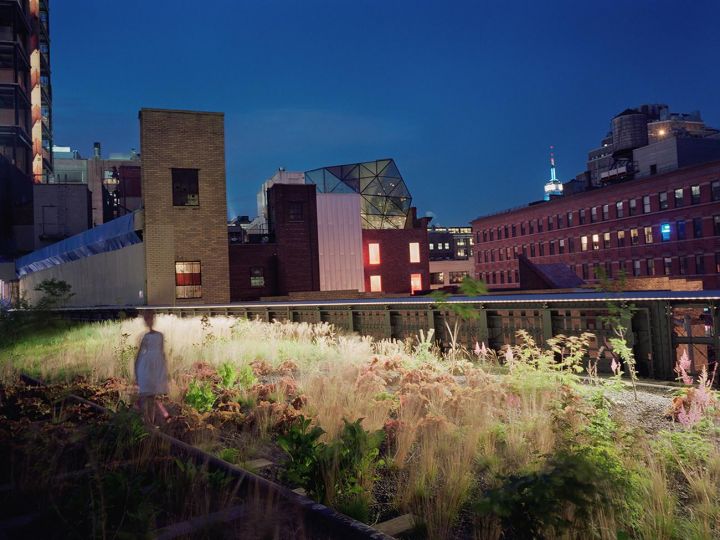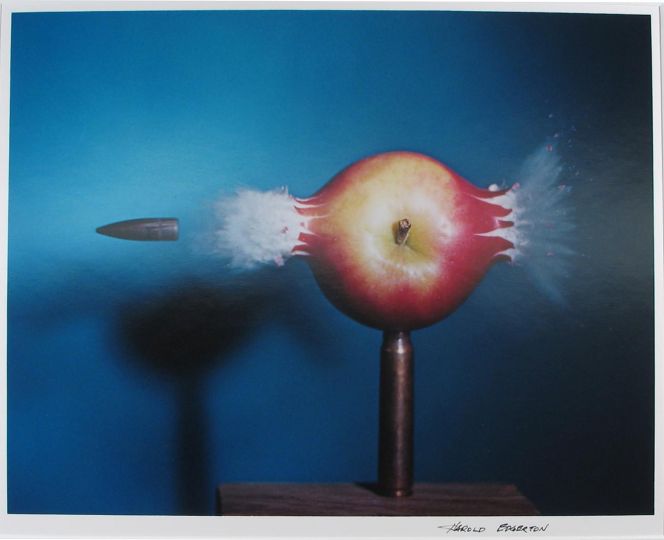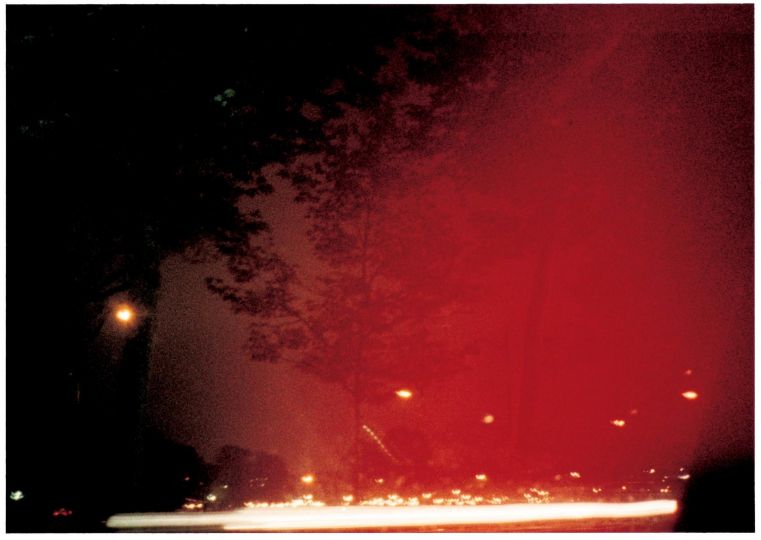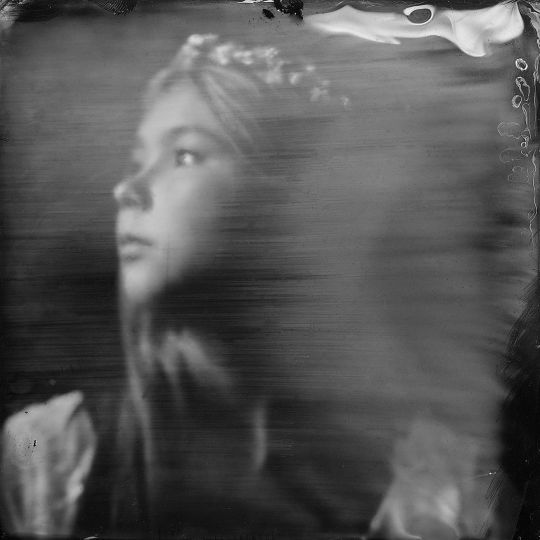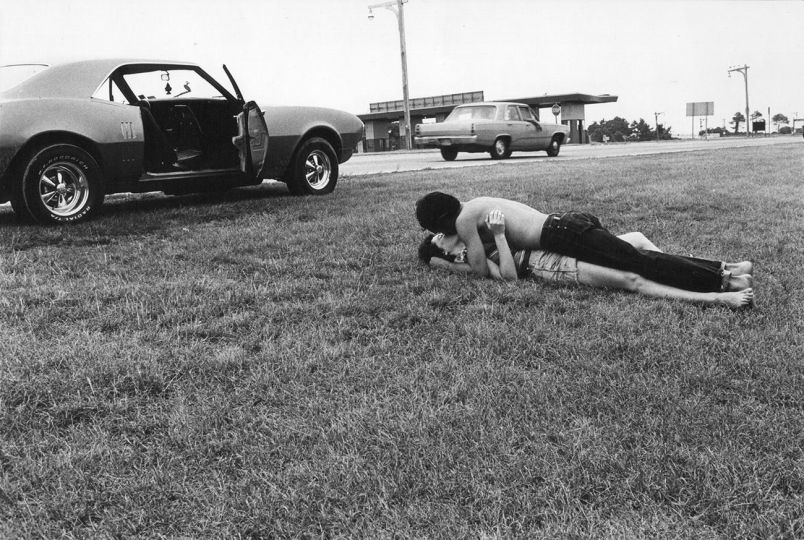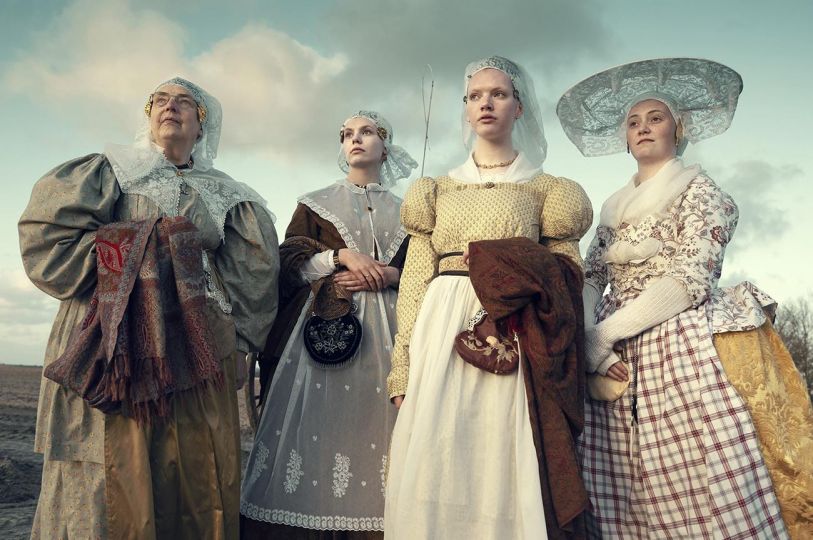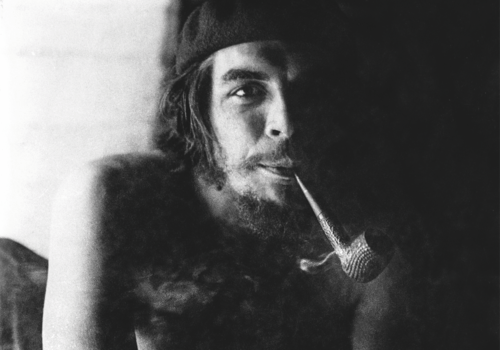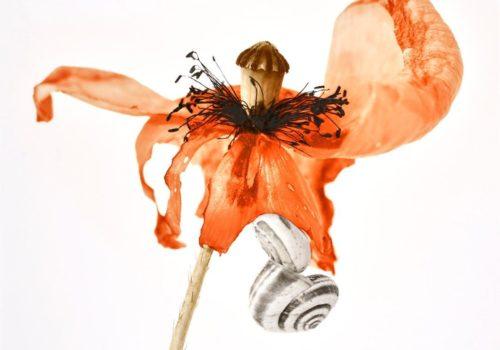In the late 1950s, Swedish photographer Christer Strömholm moved to Paris and settled in Place Blanche, the heart of the city’s vibrant red-light district and home to the legendary Moulin Rouge. The swirling nightlife of that neighborhood—outdoor freak shows, sidewalk performers, bewildered spectators—provided ideal subjects for the photographer. It was in this surreal scene that Strömholm (1918–2002) met and befriended a community of young transsexuals, working at night to raise money for sex-change operations. Physically male but psychologically women, these “girlfriends” took hormones, adopted female names, wore feminine clothing and glamorous hairdos, costume jewelry and glittering make-up. They were, in fact, quintessential women—charismatic stars straight out of a Fellini movie. Over the next ten years, Strömholm shared their daily lives, photographing them in hotel rooms, bars, and dimly lit streets. An insider in their universe but never a voyeur, he witnessed their existence with tenderness, sensitivity, and wit, and always a strong sense of accountability to the lives he documented.
This exhibition—the first presentation of Strömholm’s work in an American museum—features the powerful series of photographs that resulted from this experience: Les Amies de Place Blanche (The Girlfriends of Place Blanche). Strömholm’s intimate portraits and lush, Brassaï-like night scenes comprise a magnificent, dark, and moving photo album, a soulful tribute to the girls. In addition, these pictures constitute a rare and subtle account of pre-1968 France, charged with the anxieties and melancholy of a repressed society. Under the ultraconservative regime of French president Charles de Gaulle, transsexuals were outlaws, regularly abused and arrested by the police for being “men dressed as women outside the period of carnival.” Some of these women had tragic fates. Others, like Nana and Jacky, eventually fulfilled their destinies and became the joyful women they were meant to be. A personal manifesto and a precious record of an ongoing social struggle, this photo-essay raises profound issues about sexuality and gender. As Strömholm wrote in 1983, “It was then—and still is—about obtaining the freedom to choose one’s own life and identity.”
Christer Strömholm was born in 1918 in Stockholm and passed away ten years ago, in 2002. He was the father figure of Scandinavian photography, and an influential teacher: his disciples include today’s leading Swedish photographers, J.H. Engström, Anders Petersen, and Lars Tunbjörk. Highly revered in his native Sweden since the 1960’s, recipient of the Hasselblad Award in 1997, he remains little known outside Europe.
This article is reserved for subscribed members only. If you are already a member, you can log in here below.
Subscribe for full access to The Eye of Photography archives!
That’s thousands of images and articles, documenting the history of the medium of photography and its evolution during the last decade, through a unique daily journal. Explore how photography, as an art and as a social phenomenon, continue to define our experience of the world. Two offers are available.
Subscribe either monthly for 8 euros (€) or annually for 79 euros (€) (2 months offered).

